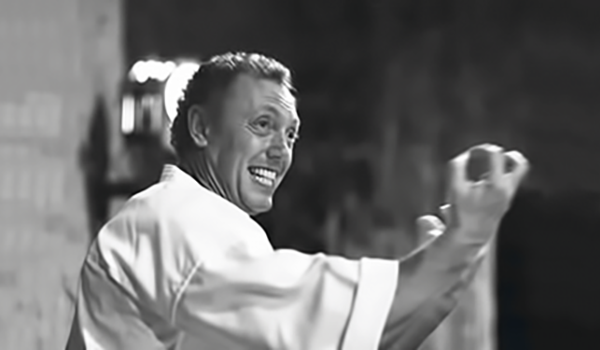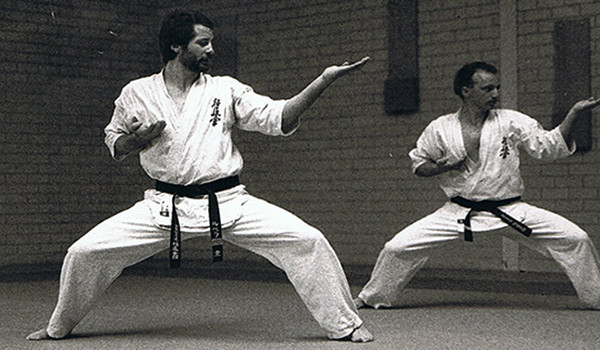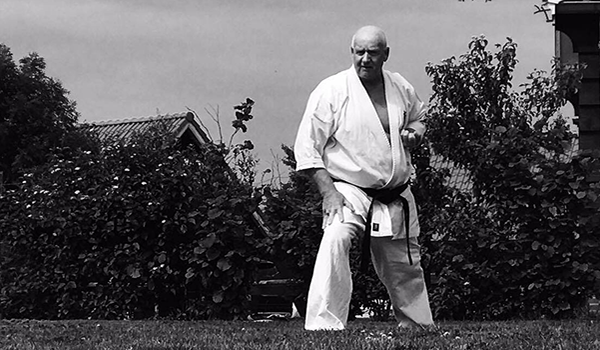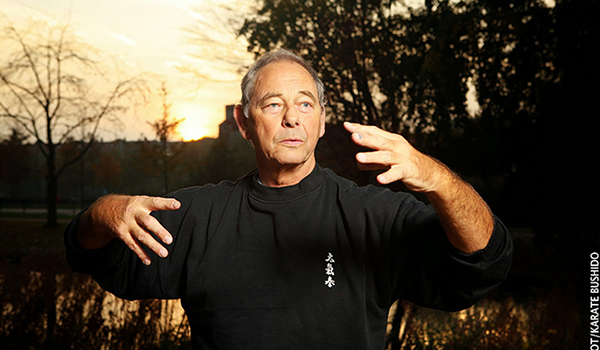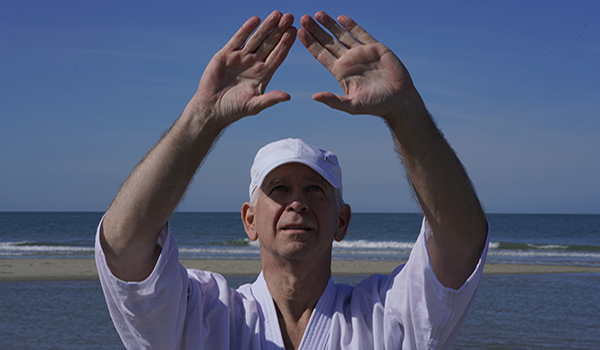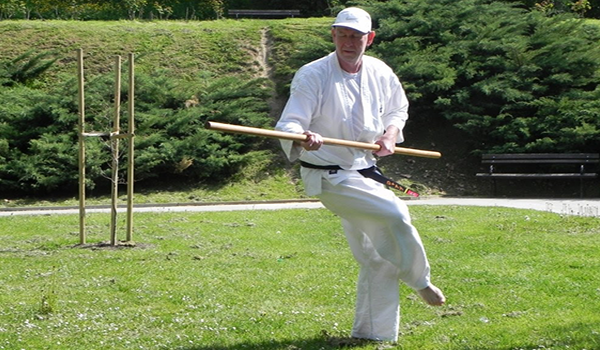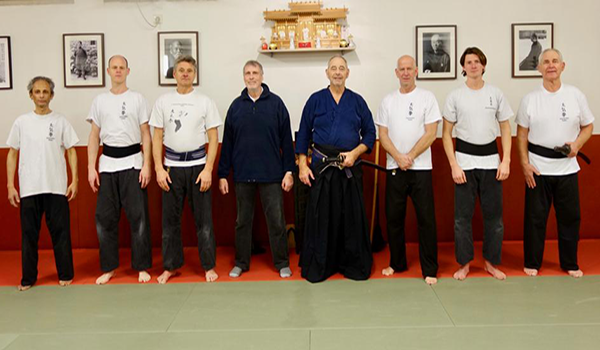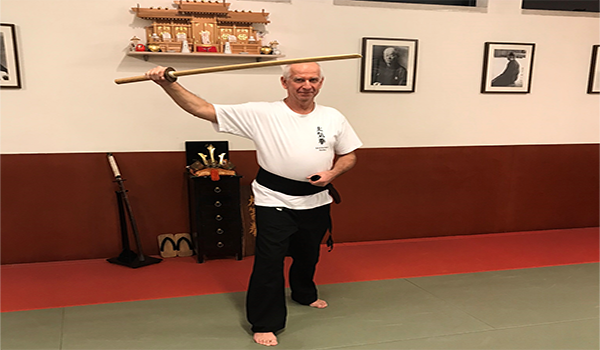The origin of Kyokushin Kata
There are different types of Kata in Kyokushin Karate with different origins or different intentions. One is more graceful, the other can contain more speed changes, the next Kata can be especially powerful while in yet another Kata it is mainly about the way of breathing.
Technically, Kyokushin Karate is a circular style. This is unlike Shotokan Karate, what is seen as a linear style, but again closer to Goju-ryu Karate, that is more circular. Shotokan and Goju-ryu Karate were the two Karate styles that Mas Oyama learned before creating his own style. In the beginning he studied Shotokan Karate and after a few years he switched to Goju-ryu Karate, where he received his advanced education. This is reflected in the Kyokushin system, where the training of the first principles is similar at Shotokan Karate, but where gradually, the higher and further you develop, increasingly the circular techniques and strategies of Goju-ryu Karate are adapted. In addition, the influences and elements that Mas Oyama has implemented from other Budo styles, such as Judo, Wrestling, Boxing and Taiki-ken.
The Kata from the Kyokushin syllabus thus reflect the development, style and nature of Mas Oyama. He implemented the Kata's with a few modifications, to adapt the Kata to the Kyokushin system, with its own postures and techniques, where more emphasis is placed on effectiveness and strength. The Kata must therefore be intensely experienced, both graceful and effective, with different rhythms, fast and slow, to contain and radiate strength and suppleness.
